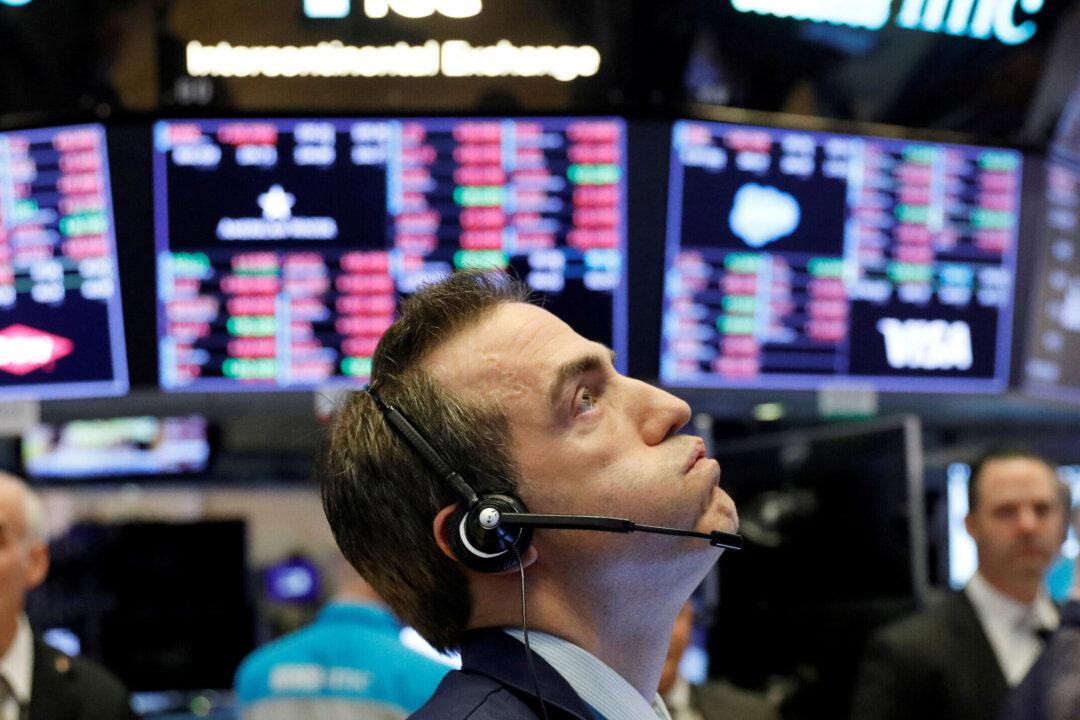The stomach-turning ride on financial markets continued on March 16, with Wall Street suffering its biggest drop since the coronavirus crisis began, as the central bank stimulus failed to ease investor anxiety over the outbreak’s impact on the U.S. economy.
In volatile trading, the blue-chip Dow Jones Industrial Average fell 2,997.1 points, or 12.93 percent, to 20,188.52, its second-worst points decline ever.





